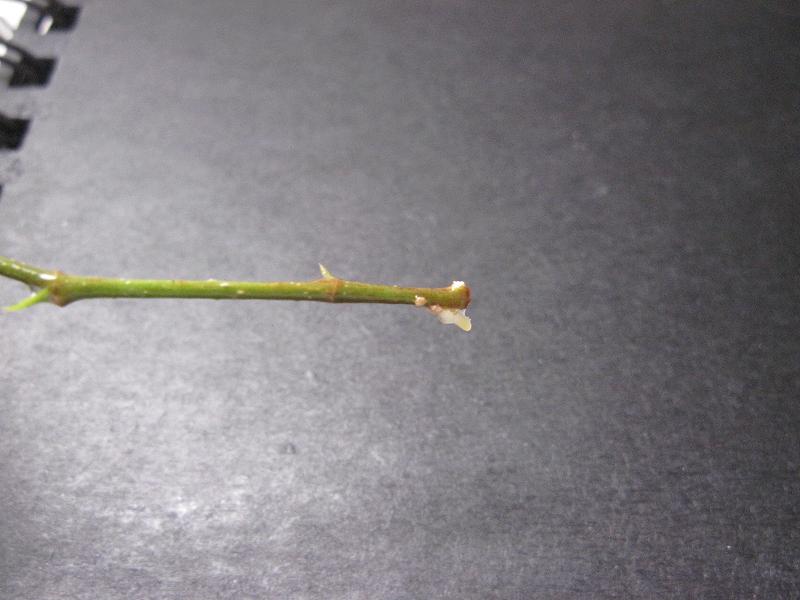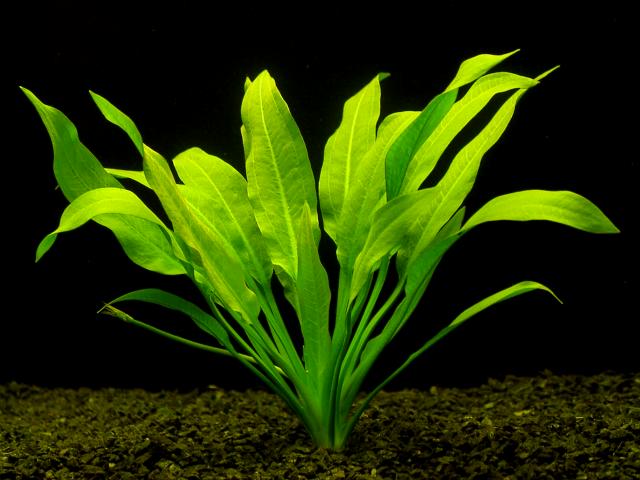Bearded Dragon Tank Plants: The Ultimate Guide for Beginners
Introduction
Are you a beginner looking to set up a tank for your bearded dragon? Adding live plants to the tank can provide various benefits for your pet, such as psychological stimulation, hiding spots, and even helping with air quality in the tank. In this guide, we will discuss everything you need to know about adding plants to your bearded dragon’s tank.
Choosing the Right Plants
Before selecting plants for your bearded dragon’s tank, it is important to do some research to make sure that they are safe for your pet. Some plants can be toxic and cause harm, so it is crucial to avoid them. Here are some safe plant options to consider:
1. Aloe Vera

Aloe vera is a popular choice for bearded dragon tanks because it is easy to care for, and its leaves provide hiding spots for them. You can easily find aloe vera at any garden store or online.
2. Ficus Benjamina

Ficus Benjamina is also safe for bearded dragons and can add a decorative touch to your tank. Make sure to keep your bearded dragon from eating the leaves as they can be toxic in large quantities.
3. Spider Plant

Spider plants are a low-maintenance option and are safe for bearded dragons. They can also help with air quality and add a pop of green to your tank.
Preparing the Plants for the Tank
Before adding any plant to your bearded dragon’s tank, it is important to prepare them properly. Here are some steps to follow:
1. Clean the Plants
Make sure to thoroughly clean the plants before adding them to the tank. Avoid using any chemicals or soaps, as they can be harmful. Instead, rinse the plants with water to remove any dirt or debris.
2. Quarantine the Plants
It is also a good idea to quarantine the plants for a few days before adding them to the tank. This is to ensure that there are no pests or diseases that can harm your bearded dragon.
3. Pot the Plants
After cleaning and quarantining the plants, repot them in a suitable container for the tank. Make sure to use a potting soil that is safe for bearded dragons.
Placing the Plants in the Tank
Now that you have prepared the plants, it is time to add them to the tank. Here are some things to consider when placing the plants:
1. Location
Place plants in different areas of the tank to create hiding spots for your bearded dragon. Avoid placing plants too close to the basking area or any heat sources, as they can wilt or dry out.
2. Size
Make sure to choose plants that are appropriate for the size of your tank. Small plants can get lost in larger tanks, while larger plants can take up too much space in smaller tanks.
3. Access
Ensure that your bearded dragon has easy access to the plants and that they are not obstructing any paths or hiding spots in the tank.
Caring for the Plants
Live plants require some care to thrive in your bearded dragon’s tank. Here are some tips to help keep the plants healthy:
1. Watering
Make sure to water the plants regularly, as the tank’s heat can cause the soil to dry out quickly. However, avoid overwatering, as this can lead to root rot.
2. Lighting
Plants need light to photosynthesize and grow. Make sure to place the plants in an area where they can receive appropriate lighting for their needs, whether natural or artificial.
3. Pruning
Finally, make sure to prune the plants as necessary to keep them from growing too large or blocking any paths in the tank.
Conclusion
Adding live plants to your bearded dragon’s tank can provide various benefits while also adding a decorative touch. Before selecting and adding any plant to the tank, make sure to do proper research and preparation to ensure that they are safe and healthy for your pet. With the right care and attention, the plants can thrive and make a positive impact on your bearded dragon’s tank environment.
